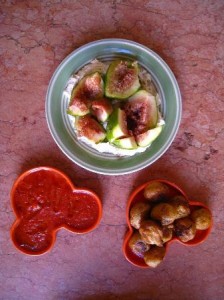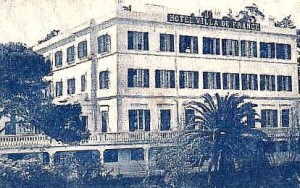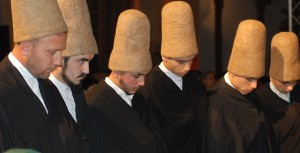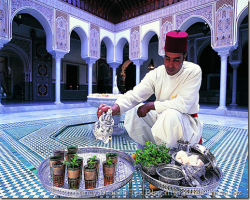Archive for February, 2015
For travelers with specific dietary requirements, such as vegetarians and vegans, a key concern when planning a trip to Morocco is whether they will find enough variety in their meals. Part of the fun of travel is discovering the local cuisine and the good news is that even those who…
The Moroccan port city of Tangiers (also known as Tangier, or Tanger in French) sits on the Straits of Gibraltar, staring right across the Mediterranean Sea at Spain. Sitting just east of Africa’s most north-westerly point, it has been a key point of exchange between the African and European continents…
Morocco’s ancient city of Fes (Fez) was Morocco’s first imperial capital. Fes was established and developed by Idris I – founder of the Kingdom of Morocco and credited with the Islamization of the country – and his son, Idris II. More than a millennium later, it remains Morocco’s spiritual heart….
It is impossible to be in Morocco for long before you are offered a cup of frothy, steaming mint tea. A key part of the legendary Moroccan hospitality, hot sweet tea is used to welcome a guest, to revive a flagging spirit, to facilitate social interaction and to oil a…





